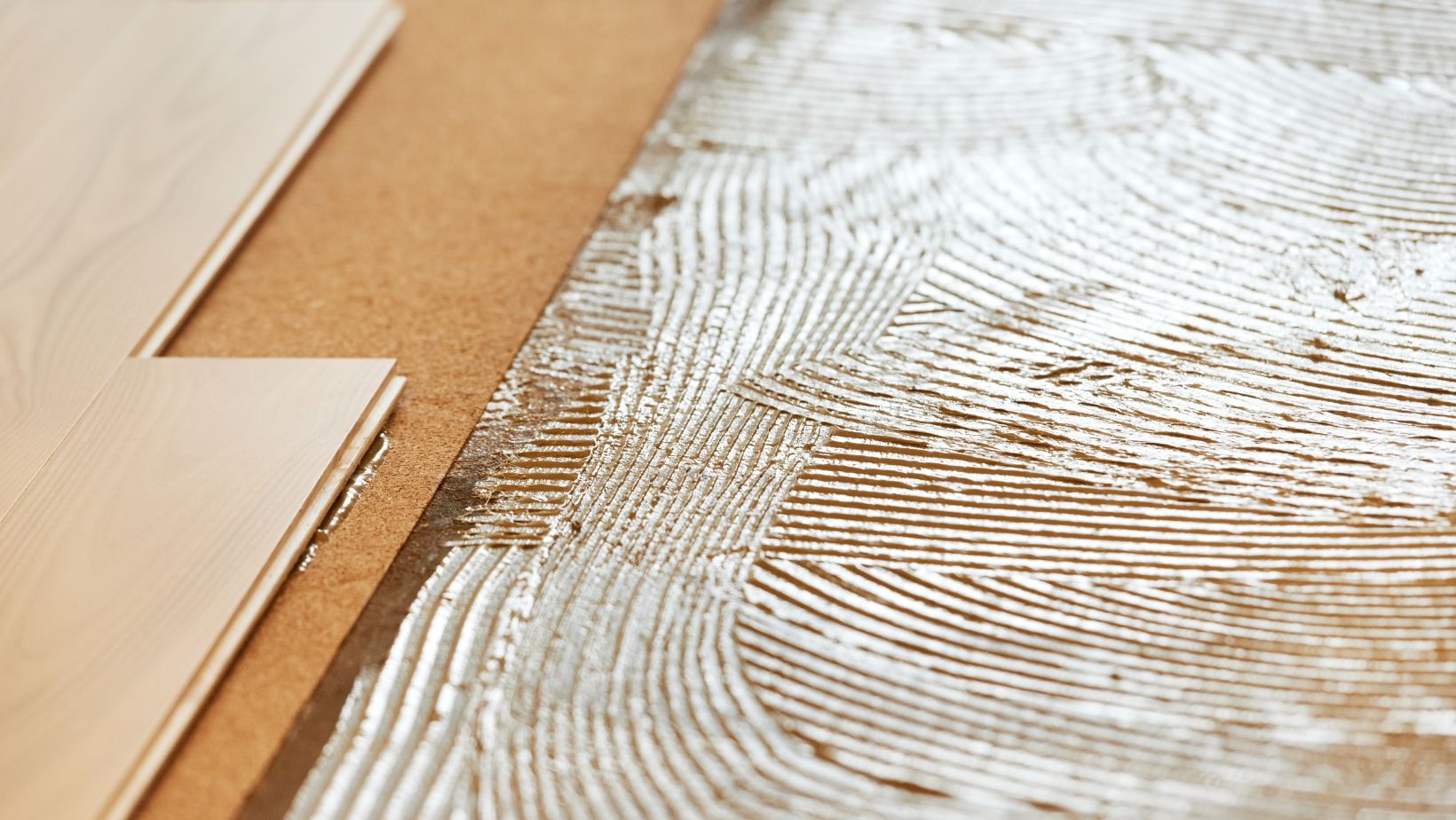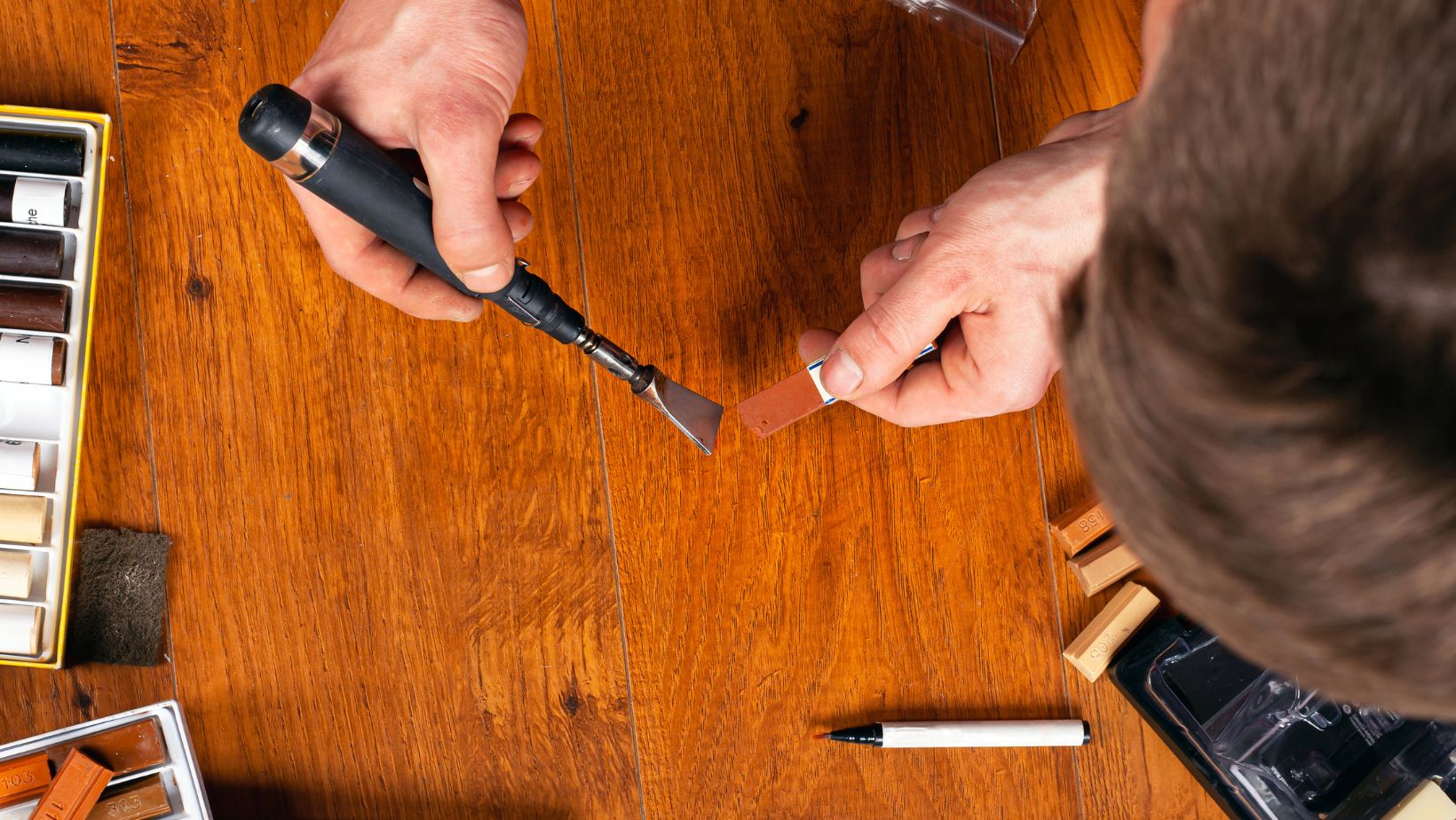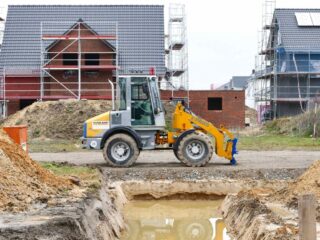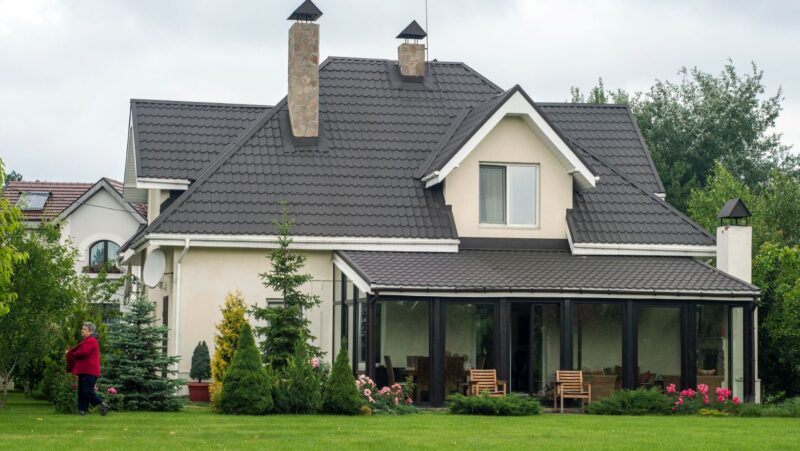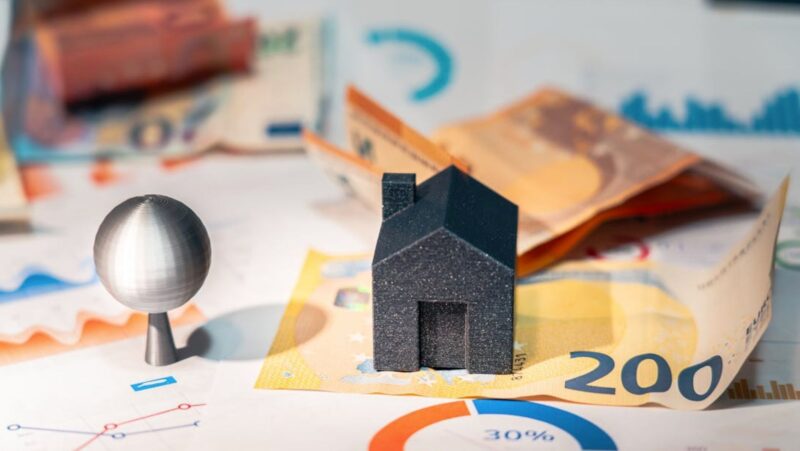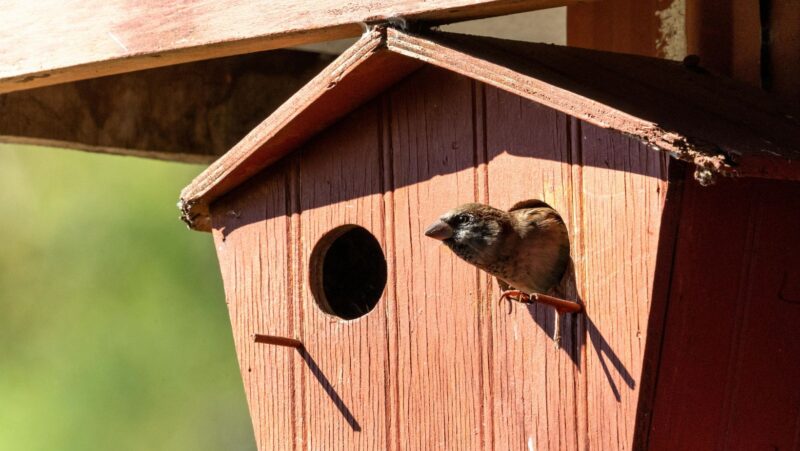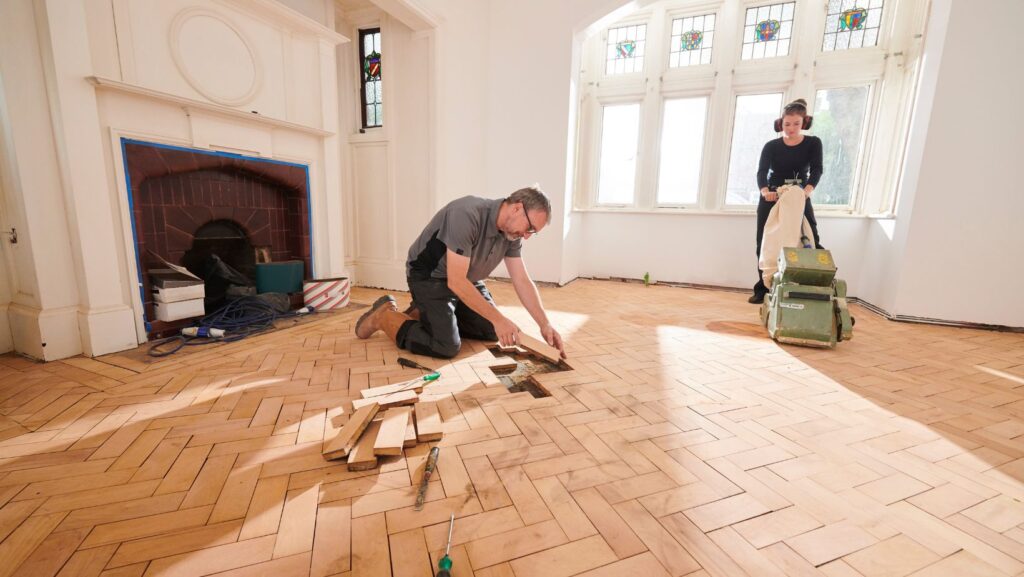
Parquet flooring has long been a hallmark of sophistication and charm in homes and commercial spaces. Known for its intricate patterns and timeless appeal, parquet floors often require restoration to preserve their natural beauty and functionality over time. Whether due to wear and tear, age, or damage, parquet floor restoration can bring your floors back to life, enhancing both their aesthetic appeal and durability.
This ultimate guide will walk you through the essential process of parquet floor restoration, its benefits, and why this service is a wise investment for homeowners and businesses alike.
What is Parquet Floor Restoration?
Parquet floor restoration involves the process of repairing, sanding, and refinishing an existing parquet floor to restore its original beauty. Over time, the wood can become scratched, stained, or damaged. Restoration helps rejuvenate the floor, removing imperfections and applying finishes that protect the wood and enhance its natural grain.
Restoring parquet floors is not just about aesthetics; it’s a cost-effective alternative to replacing damaged floors and a sustainable way to preserve the quality of the original material. By working with a professional, you can ensure the best possible results.
The Parquet Floor Restoration Process
Restoring parquet floors requires several key steps to ensure that the floors not only look great but are also durable and long-lasting. Here is an overview of the typical restoration process:
1. Initial Assessment
The first step in any restoration process is to thoroughly inspect the floor. Professionals will assess the condition of the parquet flooring, looking for signs of damage, unevenness, or wear. They will also check for any subfloor issues or potential underlying problems that need to be addressed before proceeding. This evaluation helps determine the restoration method and any necessary repairs.
2. Repair and Preparation
Once the assessment is complete, the next step is to repair any damaged areas. This could include re-affixing loose parquet blocks, replacing damaged tiles, or addressing subfloor irregularities. Proper preparation is key to a successful restoration. All repairs should be made to ensure the floor is smooth and level, providing a strong foundation for sanding and refinishing.
3. Sanding
Sanding is one of the most important steps in parquet floor restoration. Using state-of-the-art sanding equipment, professionals remove the old finish, stains, scratches, and any imperfections from the surface of the wood. Sanding involves multiple stages, starting with a coarser grit and progressing to finer grits. This step restores the floor to a smooth, even surface, ready for refinishing.
Dust-free sanding equipment is often used to minimize mess and ensure a clean environment during the process. This not only provides a better finish but also makes the entire process more efficient and less disruptive to your home or business.
4. Edging and Corner Detailing
When it comes to parquet flooring, special attention must be given to the edges and corners of the room. These areas are often challenging to sand properly. Professionals use specialized equipment to ensure that no area is left untreated, providing a uniform finish across the entire floor. Properly sanding these hard-to-reach areas is essential for achieving a flawless result.
5. Finishing and Sealing
After sanding, the next step is applying a protective finish to the floor. This finish can be oil, wax, or varnish, depending on the look you want to achieve. The finish not only enhances the appearance of the floor but also provides protection against future wear and tear.
Professional refinishing ensures that the floor is sealed properly, protecting it from moisture, stains, and scratches. A high-quality finish also helps preserve the floor’s natural beauty, making it easier to maintain in the long run.
Why Choose Parquet Floor Restoration?
There are several benefits to restoring your parquet floors instead of replacing them. Here’s why parquet floor restoration is a worthwhile investment:
1. Cost-Effective
Restoring parquet floors is generally much more affordable than replacing them with new flooring. Restoration allows you to keep your existing floor and make it look as good as new, without the expense of ripping out and installing new material.
2. Restores Natural Beauty
Over time, parquet floors can become dull or worn, losing their original charm. Restoration allows you to bring out the natural beauty of the wood, revealing the intricate patterns and vibrant hues that may have been obscured by years of use.
3. Increases Property Value
Well-maintained parquet floors can add significant value to your property. Potential buyers are often drawn to original, high-quality flooring, and restored parquet floors can make your home or commercial space more appealing.
4. Durability and Longevity
When properly restored, parquet floors can last for many years. The sanding and refinishing process adds an extra layer of protection to the floor, helping it withstand everyday wear and tear. Regular maintenance following restoration will further extend the life of your floors.
5. Eco-Friendly
Restoring existing parquet floors is an environmentally friendly choice. By reusing the materials you already have, you reduce waste and avoid the environmental impact of removing and disposing of old flooring. Restoration allows you to preserve the beauty of your wood floors while contributing to sustainability.
Common Parquet Floor Issues and How Restoration Solves Them
Parquet floors are subject to a variety of issues over time, but many of these can be addressed through professional restoration:
- Scratches and Dents: Regular wear and tear can cause unsightly scratches or dents. Sanding removes these imperfections, leaving the wood smooth and even.
- Water Damage: Exposure to moisture can cause parquet floors to warp or become discolored. Restoration often includes drying and repairing any water-damaged areas.
- Loose or Missing Tiles: Over time, individual parquet tiles can come loose or break. A professional restoration service can replace damaged tiles and re-affix any loose pieces to restore the integrity of the floor.
- Fading or Discoloration: Exposure to sunlight or harsh cleaning products can cause the wood to fade or discolor. Refinishing your parquet floors restores their original color and shine.
How to Maintain Restored Parquet Floors
After investing in parquet floor restoration, it’s essential to maintain the beauty and longevity of your floors. Here are some maintenance tips to keep your parquet floors looking their best:
- Regular Cleaning: Dust and dirt can scratch the surface of your floor, so it’s essential to clean your floors regularly. Use a soft-bristle broom or a vacuum with a hardwood floor attachment to remove debris.
- Avoid Harsh Chemicals: Avoid using abrasive cleaning products or harsh chemicals that can damage the finish of your parquet floors.
- Use Rugs and Mats: Placing rugs or mats in high-traffic areas can help reduce wear and tear. These also protect your floors from dirt and moisture.
- Furniture Protection: Attach felt pads to the bottom of furniture legs to prevent scratches when moving items across the floor.
Conclusion
Parquet floor restoration is a cost-effective, sustainable, and highly rewarding solution for maintaining the beauty and durability of your floors. Whether you’re dealing with scratches, discoloration, or general wear, restoration can bring your floors back to life, adding value and appeal to your space.
With professional restoration, your parquet floors will continue to shine for years to come, enhancing the aesthetic appeal of your home or business while providing long-lasting durability. Whether you’re restoring old parquet floors or simply maintaining your current ones, a well-executed restoration ensures your floors remain a stunning feature in your space.

